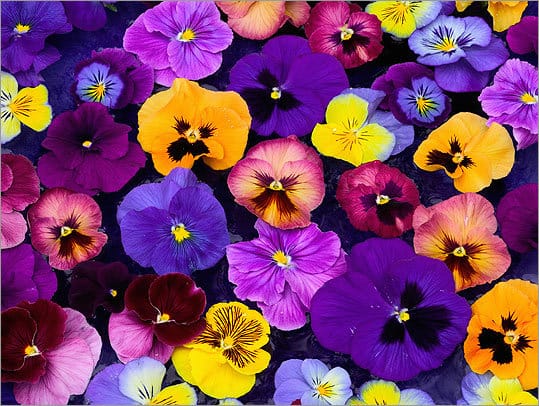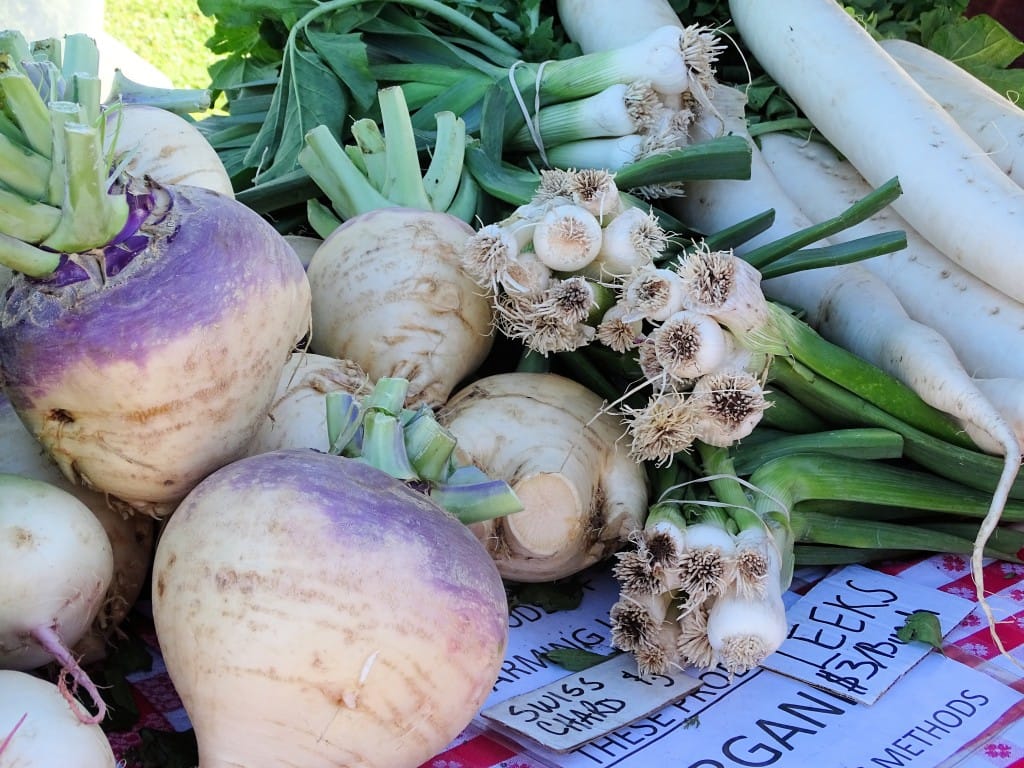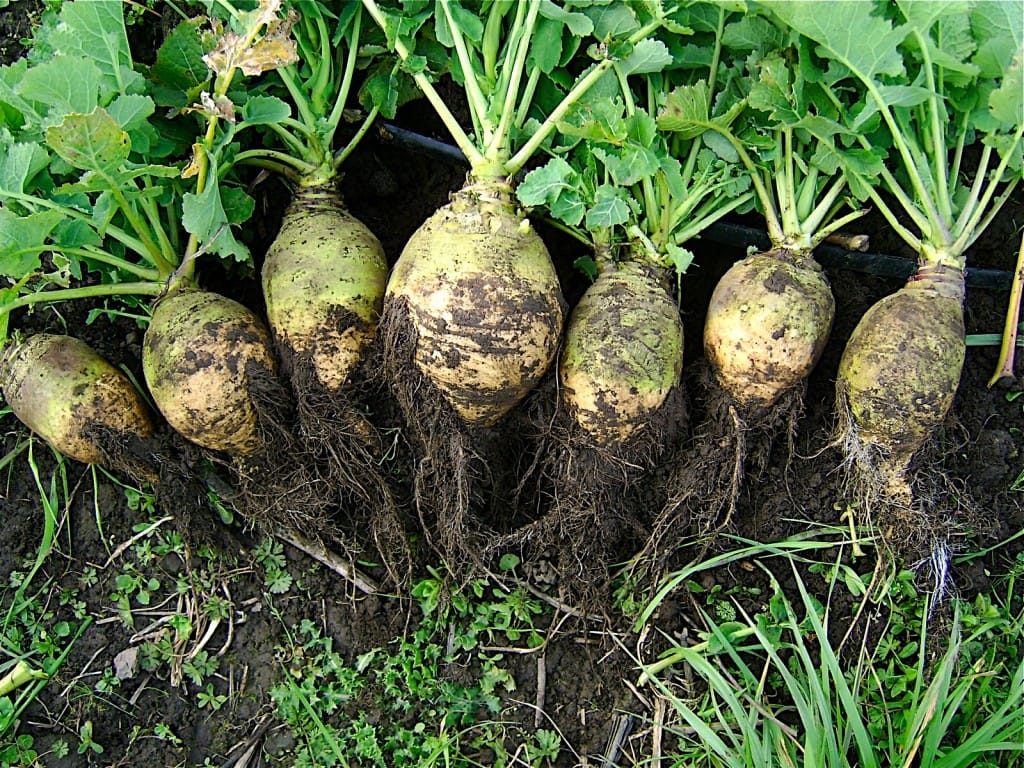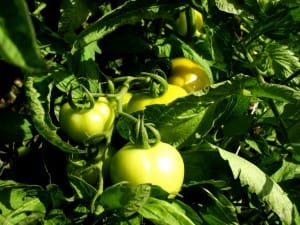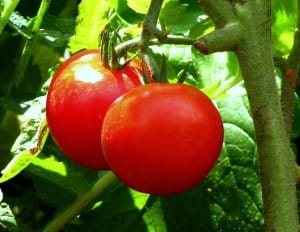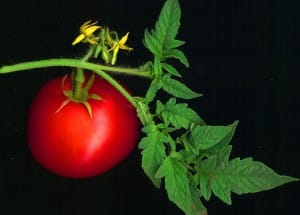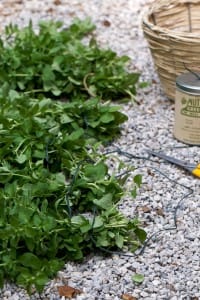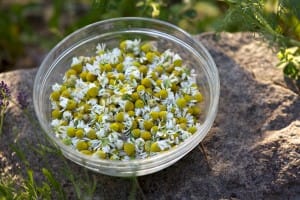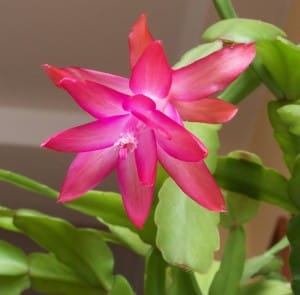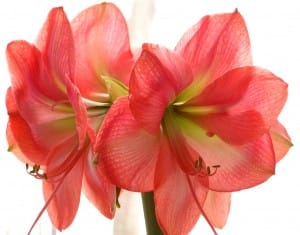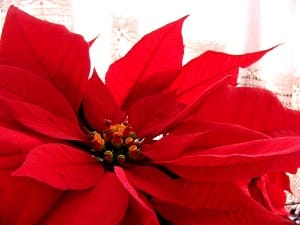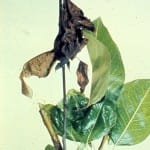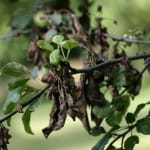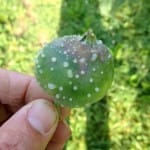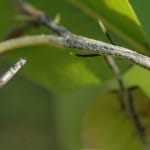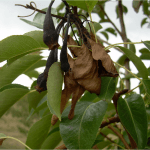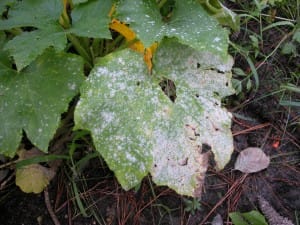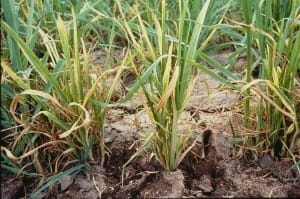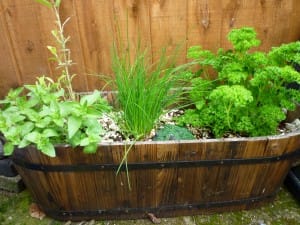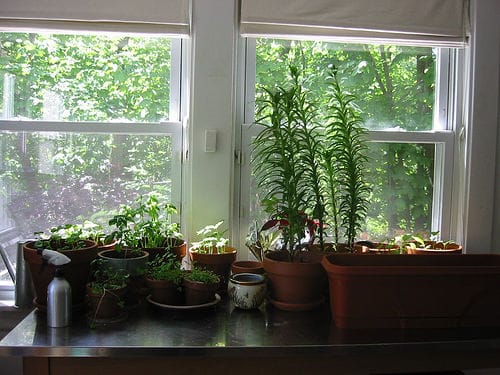Source(s): Jacob G Price
There are many different varieties of onions that you can grow in your garden.
Varieties
- Green bunching–Crystal Wax, Eclipse, Evergreen Bunching, White Portugal, Beltsville Bunching (42 – 55 days to maturity)
- Dry onions–Crystal Wax, Grannex 33, Grano 502, Sweet Vidalia, (bulb-type), Sweet Georgia ‘(100 – 120 days to maturity)
Culture
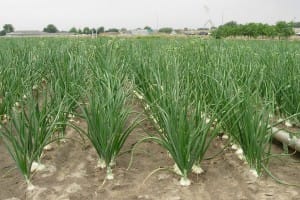 Both can be planted January 1 – March 15 (Spring), Green Bunching – September 1 to December 31 (Fall), Bulb-types – October 10 – November 10.
Both can be planted January 1 – March 15 (Spring), Green Bunching – September 1 to December 31 (Fall), Bulb-types – October 10 – November 10.
Green bunching (or spring onions) are easily grown. Sets and plants should be spaced about three inches apart in good soil.
Large, dry onions can be grown only on deeply dug, fertile soil and in full sun. For best results, dig or plow the onion plot in the fall, adding generous amounts of manure or compost. Add lime in the fall, too. Soil test if in doubt. In early spring, dig-in 3/4 pound of general fertilizer per 25 foot row, going down at least nine inches. Rake to remove all lumps and stones and then firm the soil well.
Space the onion plants about six inches apart and cover the roots with only one-half inch of soil. The plants will stand erect once the roots take hold and growth begins. Sometime around the end of April, when bulging soil around the plants shows that the bulbs are enlarging, pull the soil away from the onions, repeating as they mature. Side dress with about 3/4 cup fertilizer per 25 foot row after the first soil removal.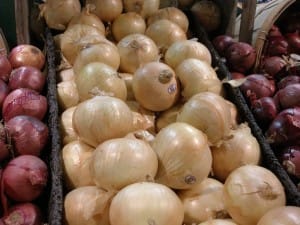
When the plants are almost mature (usually when about 3/4 of the tops have fallen) use a broom or rake to knock over those still standing. This helps onions mature thoroughly.
After a few days when all the tops are dead, pull the onions and spread them in the sun for a day or two to dry. Place the tops over the bulbs to prevent sun scald, or if raining, dry under protection. After the onions are dry, cut off the tops an inch above the bulbs and store in slatted crates of mesh bags in a cool place where air can circulate.
The name “Vidalia Onion” is just a term used locally to designate dry onions grown in the Vidalia or Glennville areas. The main variety grown is the Granex which is also widely grown in Texas and other southwestern states. Due to soil type, climactic conditions or other reasons local grown onions seem to have a better flavor than the same variety shipped in and consequently the “Vidalia Onion” has become well known in Georgia.
Gardeners in DeKalb must provide good soil preparation, on a well-drained site, in full sun. Set quality plants in late February or early March. Correct application of lime and fertilizer is essential. If a fall crop is considered, set the plants in early September. Local catalogs and some nurseries sell Granex (Vidalia) type onions.
Resource(s): Vegetable Gardening in Georgia
Center Publication Number: 78
